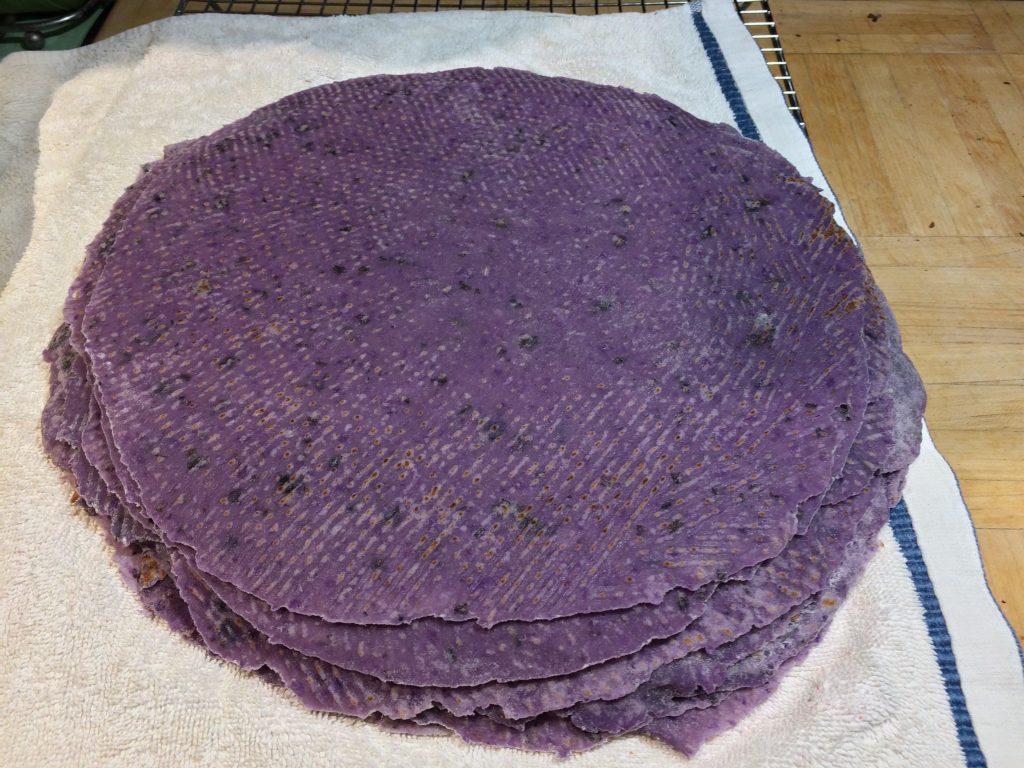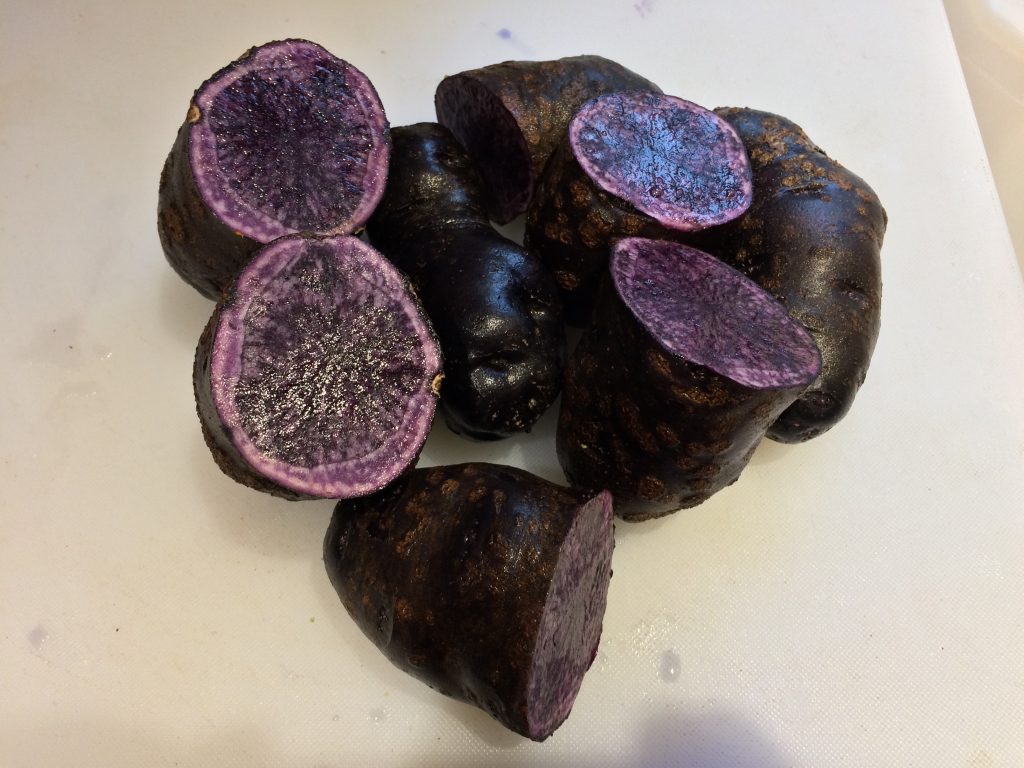
When I was a kid in Oregon’s Willamette Valley, I thought I knew what lefse was. In my family, lefse was Vestlandslefse — hard, cracker like, dry. Not a speck of potato in it. When Mom would wet this lefse and let it soften between towels for a few minutes, I ate it and loved it.
Years later as an adult, I went looking for lefse in a grocery store and found Mrs. Olson’s in the cooler. I took it home and tried it.
“Huh? What the heck is this?” I thought.
I called Mom. “Oh, yeah, well there’s our lefse,” she explained, “and then people in the Midwest make it with potatoes.”
So I came to believe that a world with two kinds of lefse was a pretty good place.
Fast forward a few decades, and I make much more potato lefse than Vestlandslefse or Hardanger lefse. And courtesy of Gary Legwold and his lefse books, I know there are many more than just two kinds of lefse.
Not only am I a lefse maker, but I am also a journalism professor at Thompson Rivers University in Kamloops, British Columbia, and an organic farmer who has carried on a lifelong love affair with the potato. I believe that making just one kind of lefse doesn’t really account for the incredible diversity in potatoes. We grow heirloom potatoes, so why not experiment?
The Spud
What makes a good lefse potato? It is not waxy, it can be boiled or steamed, and it will be dry — not gummy — when mashed. And of course, it has good potato flavour.

One of our varieties is Vitelotte Noir, a dark purple potato with a really intense potato flavour. Vitelotte Noir is a smallish to medium, usually very knobby spud. It’s genetically very close to some of the historic varieties grown in the Andes. I like to say it has a face only another potato could love.

Inside the skin, we can see the high concentration of the anti-oxidant anthocyanin that makes the potato appear purple and even blue.
My basic lefse recipe is not too out of line, so I’ll put that up first for those who know how to make lefse. But in my next blog, I’ll write about my untraditional techniques, tools (meat grinder), and ingredients (olive oil) I use to make lefse-making less work and the lefse itself more delicious.
3 cups potato
4 tablespoons olive oil
½ teaspoon salt
1 tablespoon sugar
¼-3/8 cup milk, depending on how dry the potatoes are
1 ¼ cup flour, or as needed
Stir together the first five ingredients, then use a pastry cutter to mix in the flour. After that, it’s the standard lefse-making procedure of rolling out dough on a floured cloth and baking it on a griddle at 500F.
